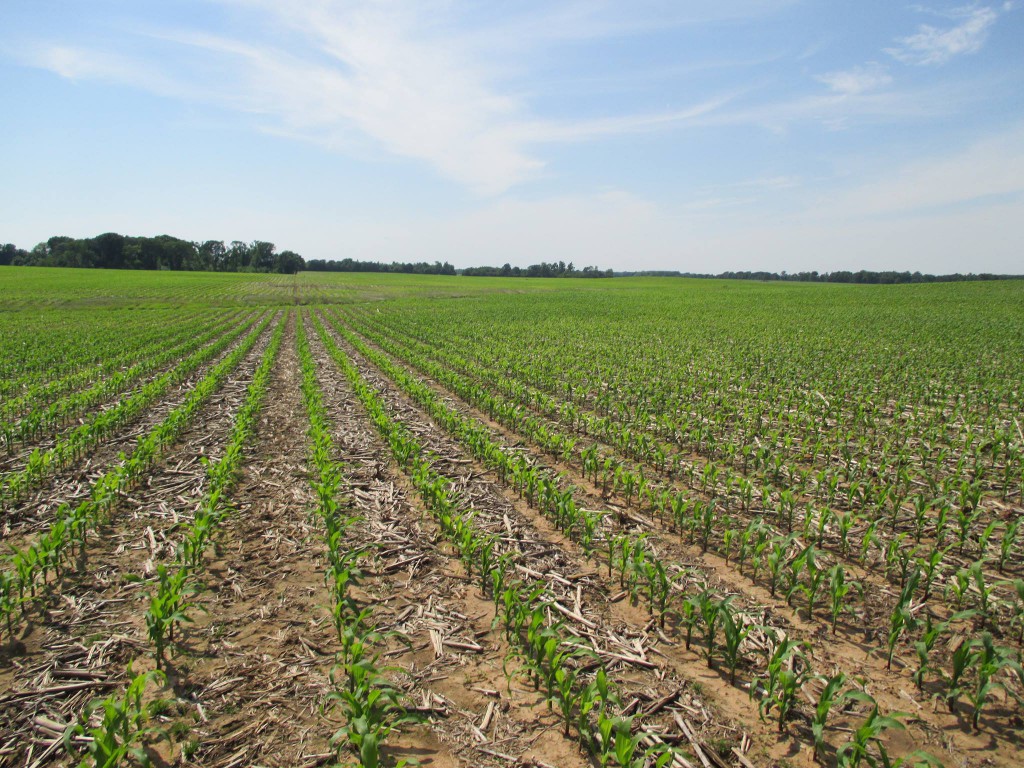
Soil pH variability in agricultural fields is common and needs to be addressed properly to avoid any consequences of low or high soil pH issues later in the growing season. One of the basic precision agriculture practices to address this variability is variable-rate (VR) lime applications. Precision soil sampling – grid or zone – is generally recommended to determine soil pH variability and then appropriate liming rates are assigned to each zone within the field. Considering the consequences of improperly addressing soil pH variability can be serious especially in row crops, it is easier to think that VR lime application would be one of the most commonly adopted practices on every farm. However, that is not the case especially in the southeastern states as there is still a large population that have not adopted VR lime application. Interestingly, some of these growers utilize precision soil sampling but are not maximizing its full potential. In most of these cases, the soil test results from precision soil sampling are basically used to understand soil pH variability in the fields and to determine a single-rate lime rate to be applied uniformly across the whole field. And there are also a small number of growers that utilize traditional composite soil sampling practice which put them even farther from realizing the benefits of VR applications.
While the adoption of VR liming has increased steadily over the years, one of the common questions around the practice is usually the return on the investment. To understand how VR liming pays for itself, let’s look at an example of a uniform versus VR lime application in a field. The map on the left below shows a single-rate uniform lime application for the entire field, which is based on soil test results from a composite soil sample. This map would also look the same if precision soil sampling was used but the soil test values were used to determine a single-rate lime application. In most single-rate application situations, the lime rate is usually high enough (e.g. one ton of lime) to take care of low soil pH areas in the field. However, that also results in large areas of over-application where either the amount needed was much lower than applied or no additional lime was not needed at all. Contrarily, the variable-rate map (shown on the right) shows the amount of lime actually needed within each area to adequately address soil pH variability across the field. As noticed in the VR map, there is even an area (colored red) in the field that do not need any lime as the soil pH is already adequate. In this case, the soil test results from precision soil sampling were used to create the VR prescription map for lime.

The table below provides the cost comparison for a uniform versus variable-rate lime application. The cost of lime used here is $60/ton as per the 2023 UGA Row Crop Budgets. Upon comparison, it can be noticed that the single-rate uniform application costs $60/ac in this field whereas the VR lime application costs only $32, which amounts to a saving of $28/ac. Now the VR application also requires utilizing precision soil sampling which increases the cost by approximately $10/ac ($4/ac in labor costs and $6/ac in soil analysis). However, even when considering the additional precision sampling costs, there are still $18/ac ($28 – $10) in savings associated with VR lime application in this field. It is also worth noting that this return on investment only accounted for the savings from the lime itself and does not include the additional profit from the improved yields attained by properly addressing the soil pH variability across the field.

The data shown for the field here is just an example to demonstrate the benefits of VR applications over uniform lime applications. While the return on investment for VR liming can vary from one field to another depending on the amount of soil pH variability, the benefits realized from adopting this practice are obvious and too hard to ignore. Depending on size of the farm, the return on investment in VR liming can be anywhere from one year to three years but in most cases, the VR lime application pays for itself usually within the first year or so. In fact, VR lime (and fertilizer) application is actually among those practices that have a higher and quicker rate of return over many other precision agriculture technologies available today.
